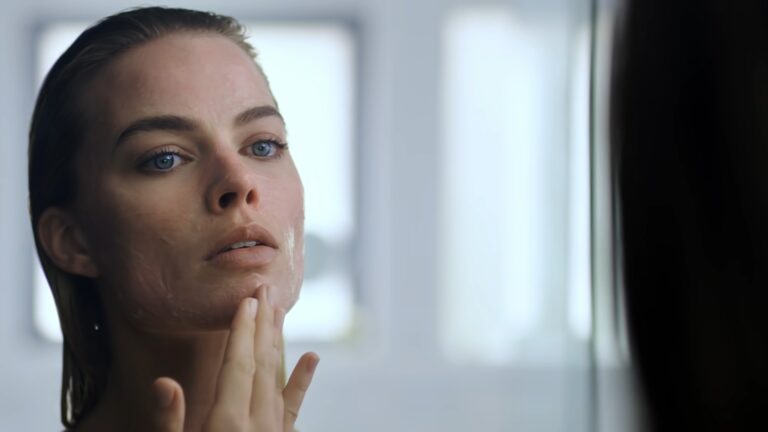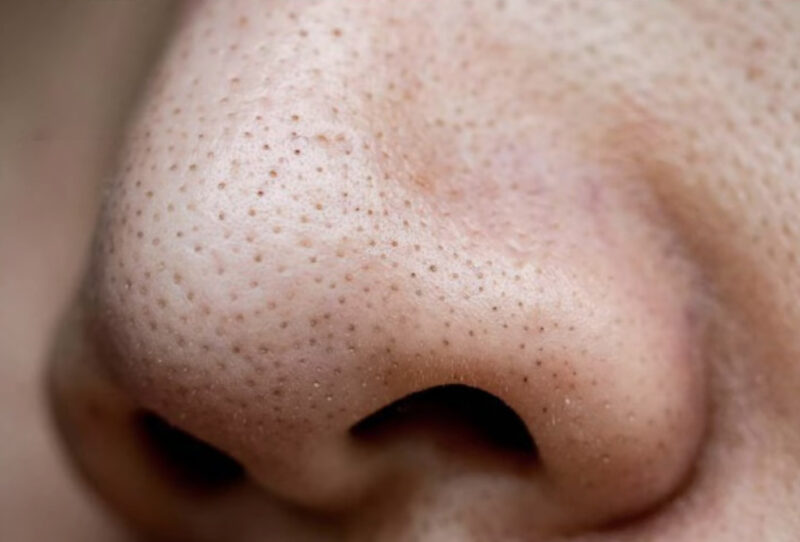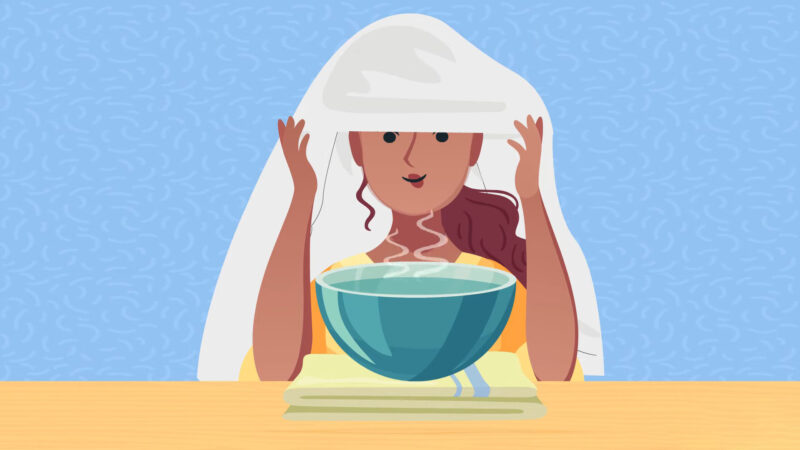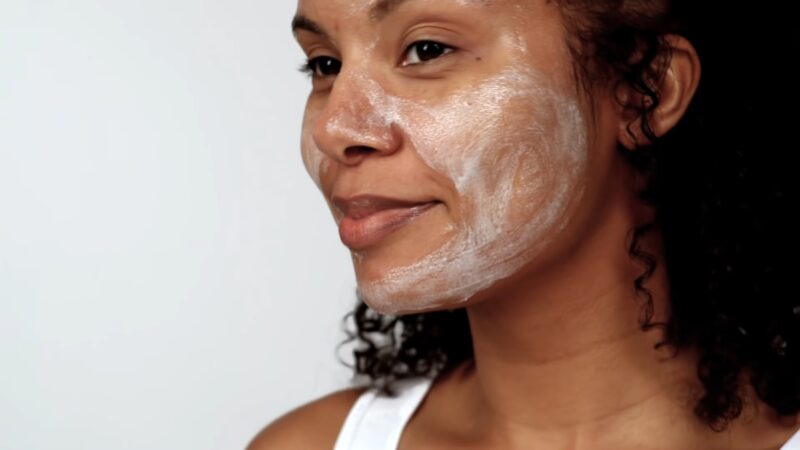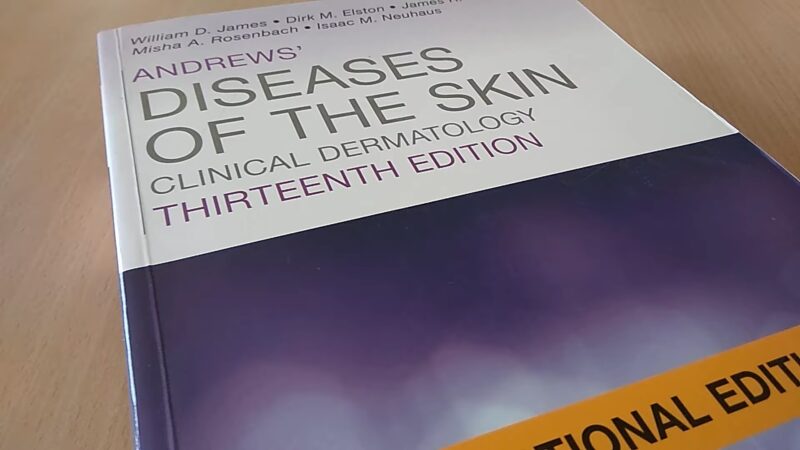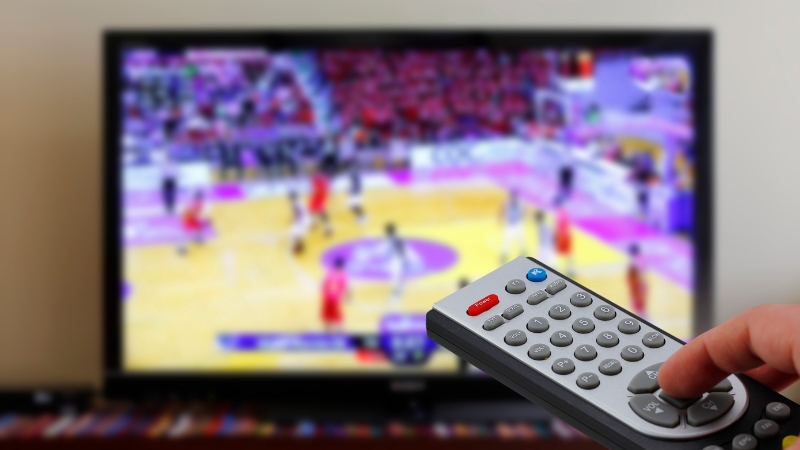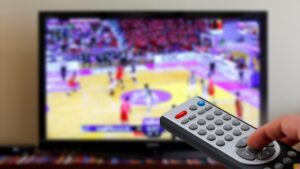Acne can manifest in various forms, and among them, blackheads are a common frustration for many. Unlike the typical inflammation associated with acne pus, blackheads represent a type of clogged pore that can lead to the formation of noticeable blackhead holes.
These tiny openings in the skin often provoke concern and prompt individuals to seek ways to minimize their appearance for a smoother complexion. Understanding the nature of blackheads, their causes, and the differences between blackheads and whiteheads is crucial for effective skincare.
It’s also important to be aware of the right preventative measures and the most effective treatments. As blackheads can be persistent, knowing when to consult a dermatologist is essential to maintain skin health.
Table of Contents
ToggleKey Takeaways
- Blackheads are a common skin concern that can cause visible holes in the pores.
- Effective blackhead treatment requires understanding their formation and prevention.
- Consulting a dermatologist is advisable when over-the-counter treatments fail to work.
What Are Blackheads?
Blackheads, commonly found on areas like the nose, chin, and back, are tiny, dark spots on the skin, known as comedones. They form when a buildup of sebum and dead skin cells block hair follicles.
Exposure to air leads to oxidation, giving blackheads their distinctive dark color. Management often includes maintaining a routine that avoids pore blockage:
- Use non-comedogenic products to reduce risk.
- Apply treatments such as benzoyl peroxide or sulfur.
- Regularly exfoliate to prevent pore enlargement.
Although considered a milder form of acne, blackheads can be stubborn and persistent without proper care.
Factors Contributing to Blackhead Formation
Blackheads, a prevalent skin condition known as acne vulgaris, develop due to various factors. They are essentially pores clogged with a combination of excess oil and dead skin. This blockage causes a characteristic dark appearance on the skin’s surface.
- Excess Sebum Production: The skin’s sebaceous glands produce sebum, an oily substance that can accumulate and contribute to blackhead formation.
- Dead Skin Cells: Accumulation of dead skin cells can irritate and block hair follicles, leading to blackheads.
- Hormonal Changes: Imbalances, especially during puberty, pregnancy, or menstrual cycles, can increase oil production.
Notably, certain external factors can also increase the likelihood of developing blackheads, including:
- Medications: Usage of corticosteroids and others can prompt blackhead development.
- Health Conditions: Issues like PCOS and PMS are also associated with changes in the skin.
While dietary habits are often discussed about skin health, high glycemic foods, and dairy may affect those susceptible to blackhead-associated inflammation and pimples. A simple solution to improve your diet is to start using the Instant Pot.
Improper handling of blackheads, such as squeezing, can exacerbate the condition, leading to potential infection and further inflammation. It’s critical to approach blackhead removal cautiously to prevent aggravating the pores and surrounding skin.
More About Blackheads and Whiteheads
Blackheads, clinically known as open comedones, are small, dark lesions. They appear dark because they contain a pigment called melanin, which becomes oxidized when exposed to air. These blemishes are a form of acne that is not usually associated with pain or inflammation.
Their dark surface is not dirt but oxidized skin oils and dead skin cells. In contrast, whiteheads or closed comedones have a white or flesh-colored appearance. Their formation involves oil and skin cells being trapped beneath the skin surface, shielded from air, which prevents oxidation.
Similar to blackheads, they are a non-inflammatory type of acne and typically do not cause discomfort unless they become infected. Both blackheads and whiteheads are prevalent skin concerns that result from clogged pores; however, the key difference lies in whether the pore is open or closed.
More About The Formation
When blackheads are removed, be they tiny or large, pores may appear as visible holes. These enlarged pores result from the removal of sebum and dead skin cells, which can stretch them.
The sight of these holes might be startling, however, attempting to ‘fill’ them may lead to further issues such as new blackheads or possible infections due to blockage. It’s essential to recognize that these are natural features of the skin and should be treated with care.
What Are the Best Remedies?
Utilizing ingredients typically found in the household can be a gentle way to manage blackheads. Below are some common home-based strategies:
- Green Tea Applications: Drinking green tea or applying extracts topically could soothe acne-related irritation.
- Facial Steaming: Employing steam to open up pores can facilitate the removal of trapped impurities.
- Turmeric Treatments: Crafting a homemade mask with turmeric, known for its anti-acne properties, may alleviate blackhead issues. Mind the potential for temporary skin discoloration.
- Pore Cleansing: The practice of ‘skin gritting’ aims to clear clogged pores through a deep cleansing process, though it’s effectiveness varies.
| Ingredient | Purpose |
| Green Tea | Calms skin irritation |
| Turmeric | Potential anti-acne effects |
| Steam | Opens pores for cleaning |
Clinical Interventions
For more persistent cases, professional treatments are available. These methods target the underlying issues of blackhead formation:
- Salicylic Acid: Applied to affected areas, this beta-hydroxy acid exfoliates the skin to unclog pores.
- Retinoid Solutions: Enhancing skin cell renewal, retinoids like adapalene (Differin) mitigate and prevent acne formation.
- Alpha Hydroxy Acids: Glycolic and lactic acid-based products can diminish blackheads and improve skin texture.
It is imperative to consult a dermatologist for personalized advice on these treatments, particularly as they may vary in suitability and efficacy among individuals.
| Treatment | Mechanism |
| Salicylic Acid | Exfoliates skin and unclogs pores |
| Retinoids | Hastens cell renewal prevents acne |
| Alpha Hydroxy Acids | Aids in skin texture improvement |
Additional Tips
Routine Skin Exfoliation
Regularly involve a gentle exfoliation process in your skincare routine to clear away stubborn dirt and dead skin cells that may lead to blackheads. Exfoliate once a week with a product appropriate for your skin type to maintain a healthy complexion.
Refrain from Manually Clearing Blackheads
Although it’s tempting to pop or squeeze blackheads, this can lead to inflammation and potential scarring. Instead, use a gentle cleanser to maintain cleanliness and let blackheads resolve naturally.
Avoid Pore Strips
While they might seem beneficial, pore strips can strip away essential layers of the skin. Stick to non-comedogenic products designed to help prevent blackheads without causing skin damage.
Mindful Eating Habits
Diet plays a crucial role in skin health. Incorporating a balanced diet with foods that promote skin health can assist in achieving a clearer skin surface. Remember, what you consume can reflect on your skin’s condition.
Strategies for Minimizing the Appearance
Blackhead removal can often leave behind enlarged pores, but these typically diminish over time without intervention. It’s crucial to avoid re-clogging these pores to prevent blackheads from reoccurring. By keeping pores clear, you not only ward off blackheads but also reduce the visibility of pores.
- Maintain Cleanliness: Regular facial cleansing helps keep pores free of blockages.
- Stimulate Collagen: Promote collagen production for skin repair by using products that encourage collagen growth.
- Encourage Circulation: Enhance blood circulation to aid in skin health and pore appearance.
- Control Temperature: Splash cold water on the face to momentarily tighten pores.
- Address Pigmentation: Products targeting hyperpigmentation may help even out skin tone.
By adhering to these preventative measures, you can keep your skin clear and reduce the chance of pore enlargement.
Consult a Healthcare Professional
If acne persists despite using prescribed treatments and home care, seek medical advice promptly. Persistent skin issues may require specialized attention from a dermatologist or an esthetician. The use of corticosteroids or other medications may necessitate a doctor’s assessment.
Informed Perspectives on Acne Management
Acne is a prevalent condition affecting individuals with differing skin tones, and the treatment can vary based on pigmentation.
Research indicates that darker skin may exhibit unique responses to acne, necessitating tailored approaches to care. Individual studies at Harvard Health and across dermatological resources echo the need for such specialized treatment protocols.
Contributing Factors to Acne
- Hormonal Fluctuations: Conditions like polycystic ovarian syndrome have been shown to exacerbate acne.
- Diet: Links between acne and diet continue to be explored, with some evidence suggesting that certain dietary choices may influence acne development.
- Skin Care Regimen: Overwashing or aggressive scrubbing can harm the skin and should be replaced with gentle cleansing.
Treatment Approaches
- Topical Retinoids: Often form the foundation of acne treatment due to their effectiveness in renewing the skin.
- Salicylic Acid Cleansers: Can assist in the unclogging of pores, as studied in clinical trials.
- Dermatological Procedures: Instances of severe acne may require intervention by a dermatologist, who can offer more advanced treatments.
Alternative Remedies and Considerations
- Research about the benefits of turmeric has shown potential for skin health improvement.
- The possibility that green tea polyphenols might reduce sebum production and tackle acne is being explored.
The Physiology of Acne
- Sebum Production: Excess sebum can contribute to acne, and various factors may affect sebum quantities.
- Pore Size Variability: Ethnically diverse groups tend to have differing pore sizes, which can influence acne severity and type.
Acne Misconceptions Breaking the misconception, acne is not solely a youth-related condition but can persist or manifest well into adulthood. Clearing such confusion helps set appropriate expectations for treatment longevity and outcomes.
The suggested guidelines reflect a holistic approach to acne, incorporating lifestyle modifications alongside medical treatments to combat the condition effectively.
Sources
Medical and dermatological communities have created extensive literature covering various aspects of acne. From the breakdown of factors contributing to its onset to comparing the effectiveness of different treatment options, there exist several credible and scientific sources of information.
These include content from the National Center for Biotechnology Information, the American Academy of Dermatology, the National Health Service in the UK, ScienceDirect, and other specialized dermatological platforms.
Clinical studies carried out and published in reputable journals offer insights into the impact of diet and natural remedies, further enriching our knowledge base on acne management strategies.
Following instructions from these experts is the best way to quickly resolve the problem. According to the American Academy of Dermatology:
Dermatologists recommend treating this type of acne with a retinoid, as squeezing a blackhead can cause an infection or permanent scar.
FAQs
What is the typical time frame for pores to appear smaller after blackhead removal?
Pores may appear diminished over a period that can extend to two months, with the caveat that individual skin healing times vary and ongoing skin care is instrumental.
Is applying moisturizer recommended post-blackhead extraction?
Post-extraction, avoiding the immediate application of skin care products that can occlude pores is advisable, as it might lead to re-clogging and new blackhead formation.
Is the physical extraction of blackheads advisable?
Extracting blackheads through squeezing can cause skin irritation and potential scarring, and may further embed the blockage, thus it is recommended to refrain from this practice.
Will blackheads clear up without intervention?
Some blackheads, particularly those close to the skin’s surface, will resolve independently, while others, more embedded, may necessitate targeted skin treatments such as exfoliation or more intensive cleansing methods.
Wrapping Up
Those who develop blackheads should avoid forcibly extracting them to prevent pores from appearing larger. If one has already attempted removal, rest assured, that these persistent pores typically recover over time with proper skincare routines.
Should concerns persist regarding the skin’s healing, consulting a dermatologist is advisable for further guidance and treatment options.


